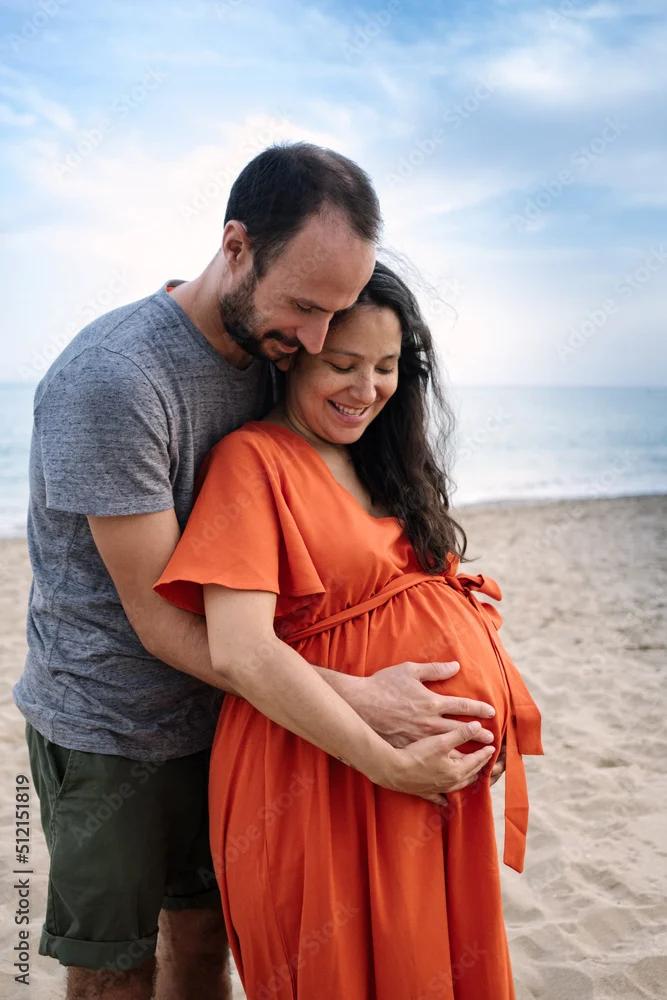As I drive along the familiar stretch of Highway 12 in southwestern Michigan, my son is engrossed in a superhero book in the back seat. I’ve traveled this route since I was 16, and it feels as automatic as breathing. Pressing the seek button on the radio, I land on a Sunday talk show where two hosts are discussing what they believe constitutes a family. Their conversation quickly turns to marriage equality.
“We need to make the family unit more appealing,” one of them states. “Families are essential for procreation; it’s vital for our species’ survival.” The other chimes in, emphasizing the importance of showcasing the traditional family model—mom, dad, and several children. Then the first host insists on the necessity of siblings, declaring, “They shaped my life, and every child needs them.”
I switch the station, but their words linger in my mind. What does an ideal family really look like? These hosts painted a picture of a family that fits a narrow, outdated mold—one that doesn’t reflect the rich diversity of modern family structures. I’m relieved my son didn’t catch that snippet; I don’t want anyone defining family for him.
Consider my friend, Sarah, who has a husband and eight children. By the traditional standard—mother, father, siblings—she checks all the boxes. Yet, some criticize her for having “too many” kids or for choosing to homeschool them. But her children are some of the most kind-hearted and intelligent kids I know. To many, her family might be too large or too unconventional.
Then there’s my friend Lisa, who, despite not being married, had a deep desire to be a mother. She adopted a baby girl, and her joy is palpable in every photo. However, some might argue that her single-parent, interracial family doesn’t fit the ideal mold either.
Let’s not forget my friend Julia, a wonderful woman in a committed relationship with her partner. They are raising twins in a loving home, defying stereotypes about same-sex families. Yet, society still tries to label them as “less than” because they don’t conform to traditional norms.
And I can’t overlook my own journey. After a challenging divorce, I remarried and welcomed my son into the world at 38. With no siblings for him and a history that includes a divorce, I wonder if we fit the ideal family image either.
It’s troubling that figures like the talk show hosts I encountered propagate the notion that anything outside of their definition isn’t valid. Their opinions can be insidious, leading others to question and invalidate diverse family forms.
Even the concept of a “traditional” family is outdated. The 1950s ideal of a stay-at-home mom and a working dad has evolved. Today, fathers can be caregivers, mothers can be breadwinners, and families can be blended in countless ways. The truth is, there is no single blueprint for an ideal family.
Family can be chosen or inherited and is rooted in fellowship and shared values. According to Merriam-Webster, “ideal” means “exactly right for a particular purpose.” Thus, the definition of an ideal family varies from person to person. For me, my small family of three is perfect. But most importantly, the concept of “ideal” is fluid and shaped by our experiences.
A family is ideally built on love, respect, and happiness. It isn’t about conformity or fitting into a specific formula. Just like our country, families come in all colors, shapes, and sizes. It’s essential to celebrate this diversity rather than confine it to a narrow definition.
If you want to explore more about the unique ways families are formed, check out this insightful blog post. And if you’re considering starting a family through non-traditional means, reputable online retailers like Make A Mom offer at-home insemination kits that can help. For those interested in fertility treatments, this resource provides excellent information on IVF and more.
In summary, family is not bound by one definition. It is about the connections we create and the love we share. Embrace the beautiful complexity of family—there’s so much more to it than meets the eye.
